We may earn money or products from the companies mentioned in this post. This means if you click on the link and purchase the item, I will receive a small commission at no extra cost to you ... you're just helping re-supply our family's travel fund.

In the 1980s, road trips often felt loose and improvised. Kids sprawled across bench seats, map pages covered the steering wheel, and someone always reached into a cooler on the floor. Cars were tougher than families, and many people treated seat belts as optional unless weather turned bad. Today, the same behavior reads as reckless instead of carefree. Modern traffic laws grew out of real crashes and real injuries, and they now collide directly with those nostalgic habits.
Letting Kids Roam The Backseat

Many families once let kids wander the backseat, sliding from side to side or kneeling to talk to the driver. It looked harmless on quiet highways and made long trips feel less cramped. Now child restraint laws expect proper seats and belts for every stage of growth, not just for babies. An officer who sees small faces above the seats and no straps in sight will treat that scene as an emergency, not a parenting choice.
Riding Unrestrained In The Front Seat
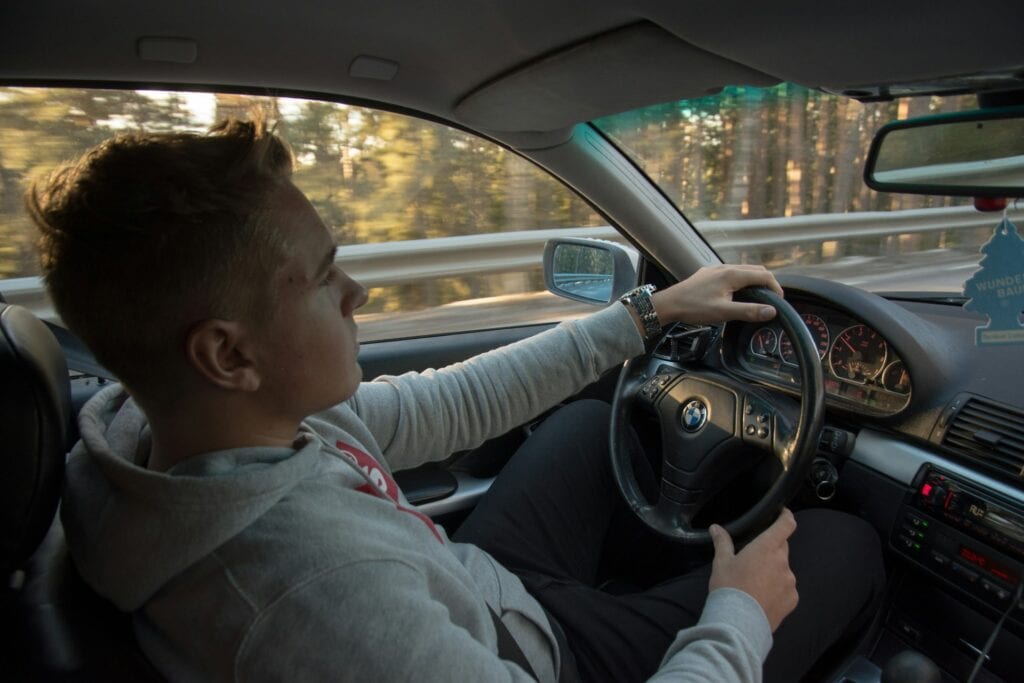
Sliding into the front seat without a belt used to be normal, especially for older teens who felt invincible. Some cars only had lap belts, and plenty of drivers never bothered to use even those on short drives. Modern enforcement treats an unbelted driver or front passenger as an obvious red flag. A patrol car spotting a bare shoulder where a belt should cross has a simple reason to stop the vehicle and start asking questions.
Riding In Open Pickup Truck Beds
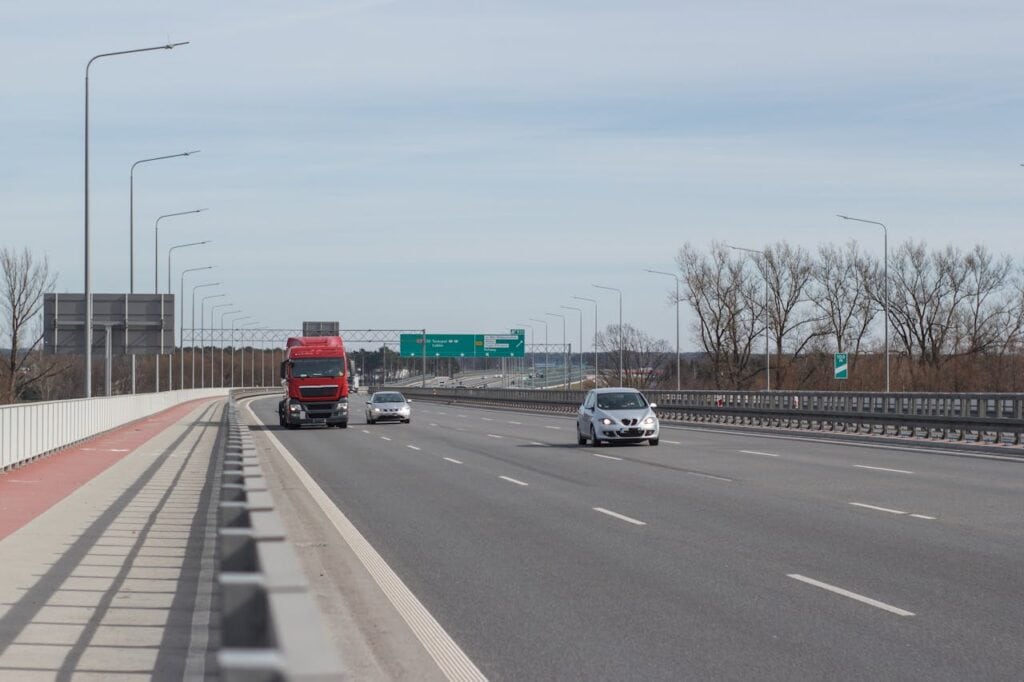
Riding in the open bed of a pickup used to feel like a small-town rite of passage, especially on summer nights. Friends lined the sides, yelled into the wind, and never thought about what would happen if the driver braked hard. Many states now restrict or ban passengers in truck beds, especially children, on public roads. A truck rolling past with people standing or sitting in the back almost guarantees flashing lights, even before anyone breaks the speed limit.
Sharing One Seat Belt Between Two Kids
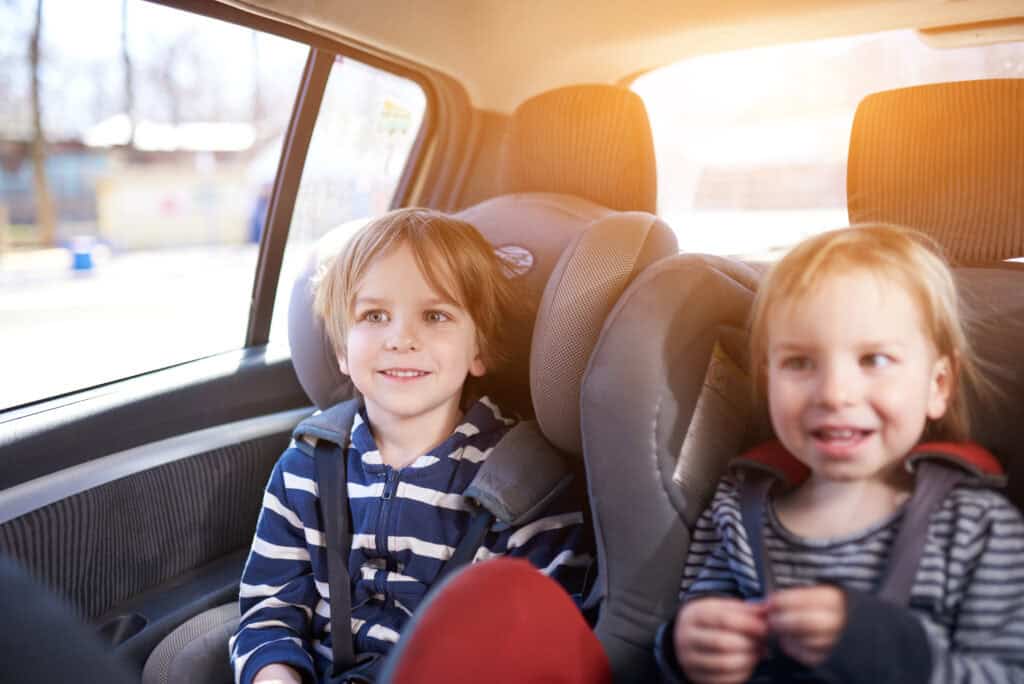
On crowded holiday trips, one belt sometimes stretched over two kids who refused to be separated. Parents told themselves that some restraint beat none at all, then merged back into traffic. Today, that shortcut looks like two unprotected passengers packed into space meant for one. Each child is expected to have a proper position and belt, and officers are quick to call out obvious shortcuts that turn safety gear into little more than decoration.
Letting Kids Sleep On The Rear Window Shelf
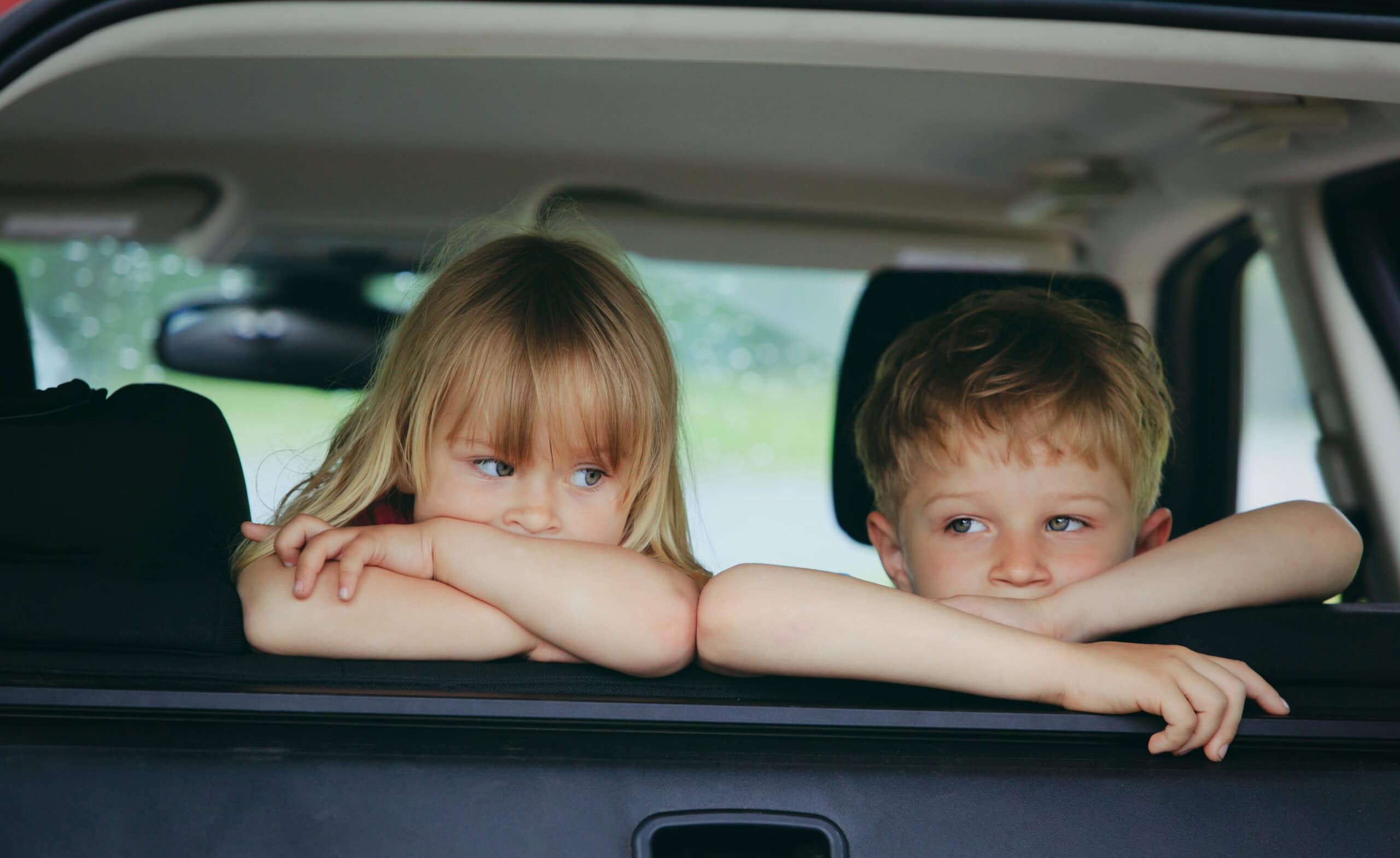
Old snapshots sometimes show a child curled up beneath the rear glass, bathed in sunlight and miles of highway sky. That perch felt like a private nest with the best view in the car. Modern crash testing makes the danger impossible to ignore. A small body lying loose in that spot can be thrown forward with terrifying force even in a modest collision. From a patrol car’s view, it is one of the most alarming sights on the road.
Drinking Beer On The Road

A passenger sipping a beer while music played once seemed casual, especially if the driver stuck to soda and insisted on being responsible. Some regions even allowed open containers for people who were not behind the wheel. Current open container laws in many places treat any visible alcohol in the seating area as a problem. A bottle in a cup holder or a can in a passenger’s hand is now a direct invitation for a traffic stop and more serious checks.
Driving Home After “A Few Drinks”
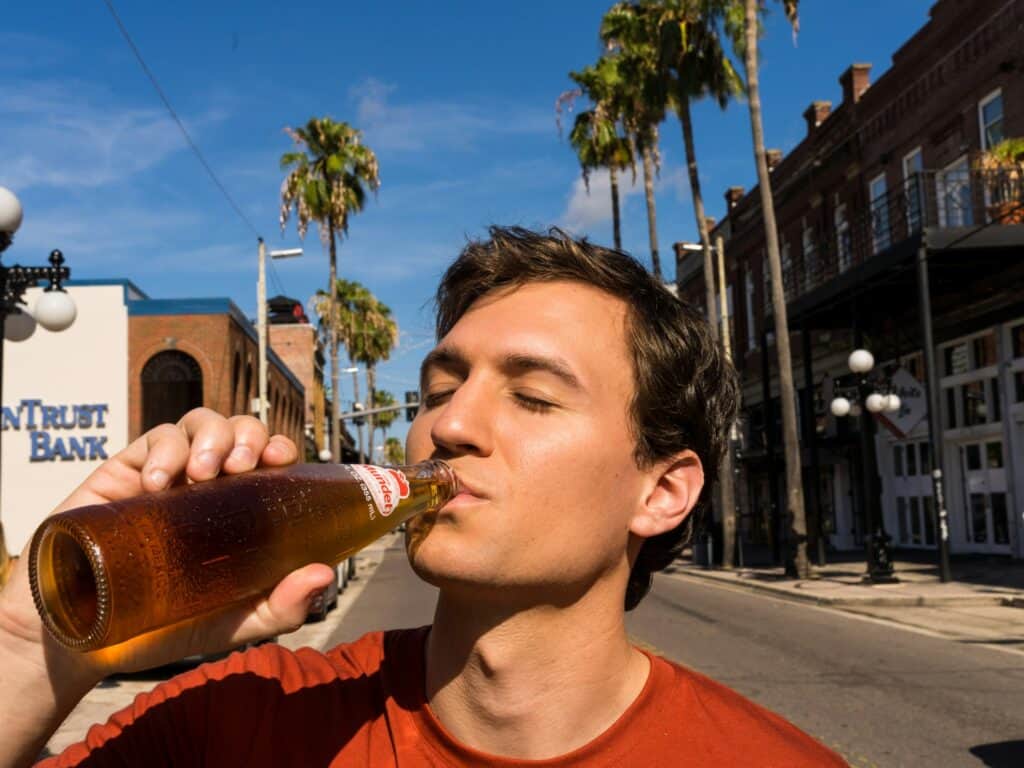
Stories about having just a couple of drinks before heading home used to sound like ordinary weekend chatter. Many drivers trusted gut feeling more than any clear limit and counted on quiet roads to carry them back safely. Tougher drunk driving laws, better testing, and public campaigns have shifted the ground. Swerving even slightly, rolling a stop sign, or admitting to recent drinking gives officers all the room they need to turn a relaxed drive into a criminal case.
Smoking In Cars With Children Inside
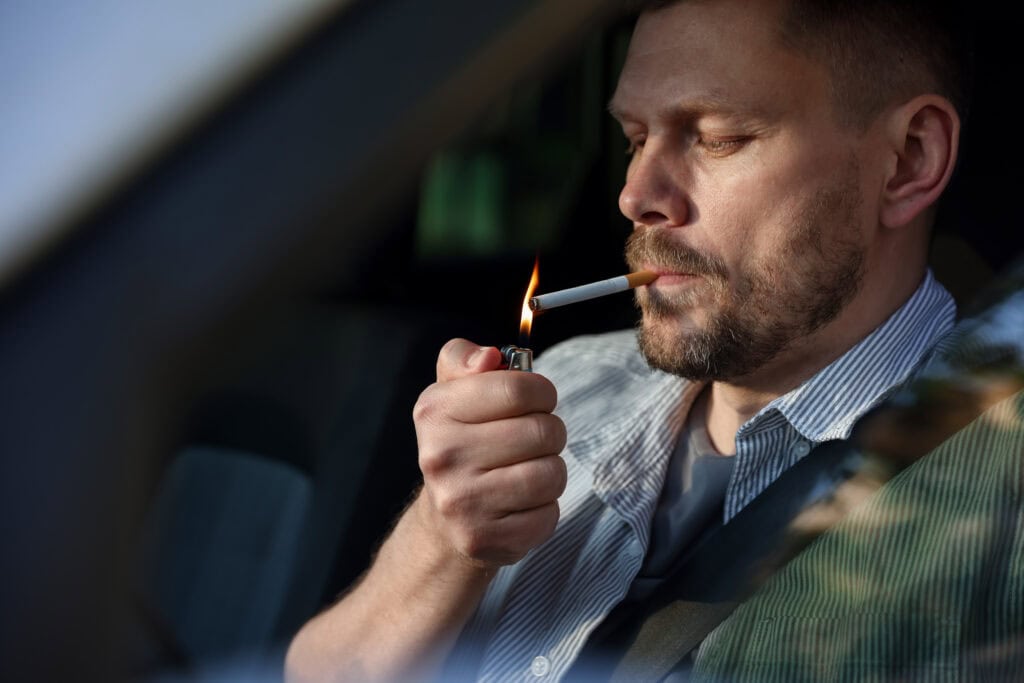
The smell of cigarettes mixed with vinyl and fast food once defined the inside of many family cars. Windows cracked a few inches were considered enough, even with toddlers strapped nearby or siblings pressed together on the backseat. Today, public health campaigns and state rules frame that same habit as a threat to children’s lungs, not an adult choice. Officers who see heavy smoke in a packed car often check for seat belts, car seats, and signs that kids need protection.rment. Any officer who spots a small head above the wheel will treat it as an urgent reason to stop the car.
Reading Fold-Out Maps While Driving

Unfolding a giant paper map across the steering wheel used to be part of the adventure. Drivers tried to trace routes, argue about exits, and keep straight lines at the same time, while passengers leaned in from every angle. Today, distracted driving laws focus on anything that steals eyes and attention from the road, not just phones. A driver clearly studying a map while rolling down the highway looks as risky as someone scrolling through messages.
Watching Movies On Screens In The Front Seat

Portable televisions and later dashboard screens felt futuristic when they first appeared in family cars. Parents sometimes let movies run in full view of the driver, especially on straight, familiar roads where boredom settled in. Now, many states restrict moving images visible from the driver seat to navigation and basic vehicle information. A bright film playing at eye level while a car drifts slightly in its lane is enough to attract any nearby cruiser.